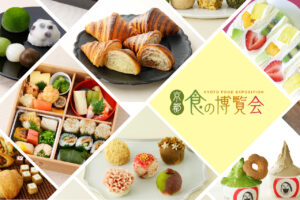
PR
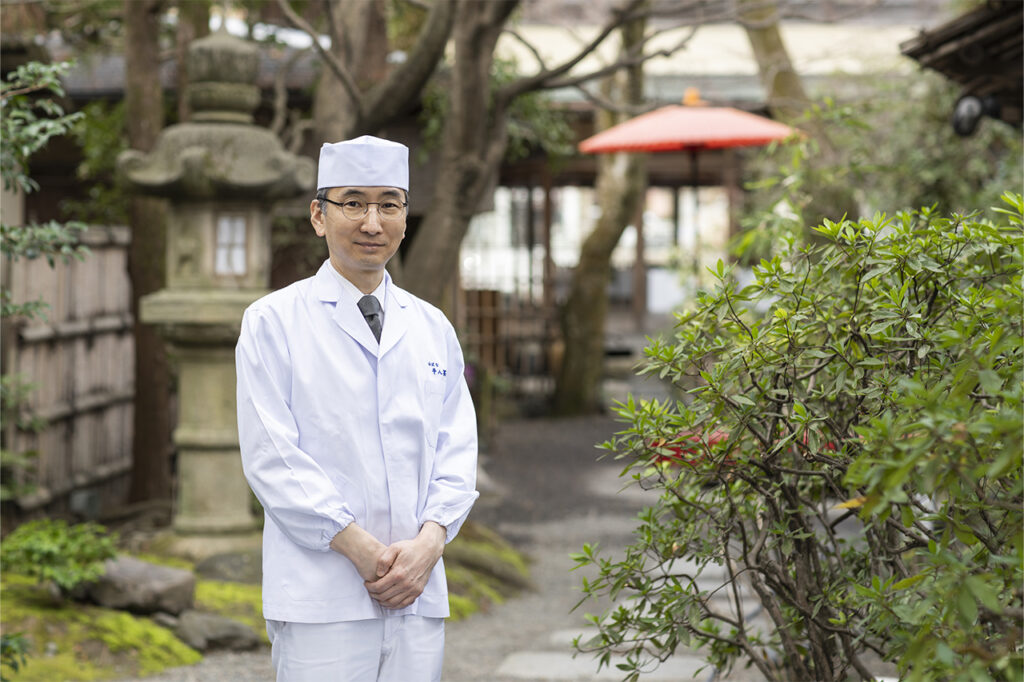
Mr. Shingo Sonobe. After graduating from university, he trained at Hanagairo in Osaka for three years, and then succeeded Mr. Heihachi Sonobe. Currently, he is the 21st generation president of Heihachi Chaya. He has also worked hard to popularize food culture, and has served as former chairman of the Kyoto Cuisine Mesei Association, where young masters of Kyoto cuisine gather to hone their skills, as well as a director of the Japanese Culinary Academy and a member of the Kyoto Food Culture Association steering committee.

Kyoto's food culture has been cultivated as the ruling family laid the foundation for prosperity even before the capital was moved to Heiankyo. The abundance of ingredients from the mountains and sea, the refined cooking techniques, and the ceremonial style that enhances the taste all come together to satisfy the five senses of visitors.
Miketsukuni has supported the food culture of the capital by sending salt and seafood since ancient times. One of them, the main route brought from Fukui, is the Wakasa Kaido, also known as the Sabakaido, which runs from Obama to Kumagawa-juku and from Ohara to Demachiyanagi. It was one of the routes from the sea that connected to the continent, a port of call for the Kitamaebune ships, and a base for the land routes that connected the sea and the capital. Kombu harvested in Hokkaido, which is indispensable for the soup stock that is the cornerstone of Kyoto cuisine, was transported by Kitamaebune from Fukui to Kyoto via the Wakasa Kaido and Lake Biwa. Fish from Wakasa Bay was also salted and transported to make salt-grilled sea bream and mackerel sushi.
Post towns flourished along the road, and the traditional culture brought by the people came and went, spreading widely and achieving unique development, which is why it has been designated as a Japanese heritage site as ``Wakasa, Wakasa and Sabakaido.'' Heihachi Chaya, located along this road, has been operating since the Azuchi-Momoyama period.
Build a culture by adding techniques to richly flavored ingredients
The dishes and ingredients used have changed over time, but I feel that Kyoto's ingredients are superior. Even though they are all the same vegetables, vegetables grown in Kyoto are softer and less stringy, and each vegetable has its own unique characteristics and rich flavor. Even if they look similar to those produced in other prefectures, you can clearly tell the difference when you eat them. It can be said that the taste has been perfected by being nurtured by the climate of Kyoto, and the goodness of the land is condensed. In addition to Kyoto vegetables, ingredients such as tofu, yuba, raw wheat gluten, and rice, as well as dashi and sake, everything related to Kyoto cuisine is deeply related to water, and is nurtured by high-quality Kyoto water.
Technology is also important to bring out the best in materials. For example, dashi differs depending on the store, and dashi represents the store. It is no exaggeration to say that customers like the soup stock of that restaurant and will patronize it. Food takes a lot of time and effort, including the skill of making dashi. They honed their techniques to find ways to make it even more delicious, and refined it into the Kyoto cuisine we know today. Of course, materials are changing, and we try new things and incorporate them when we feel they have value. It is the chef's duty to serve the ingredients in the most delicious condition at the time.
However, the food is not the main character, but the customer. We believe that food plays a role in connecting people with customers. Last year, Kyoto cuisine was registered as a registered intangible cultural property of the country. This is extremely significant as it means that ``food has been recognized as a culture'' and ``food has become a part of daily life culture.'' The role of culture is to play a role in bonding people through deliciousness.
Japanese food is the source of the Japanese people's development, and it is not just a way to satisfy your hunger, but also an important factor in using your five senses and feeling happy. Now that we have taken the first step towards establishing our status as a cultural property, I hope that the culinary world around the country will also take action, and that we will eventually be able to designate it as a Living National Treasure.
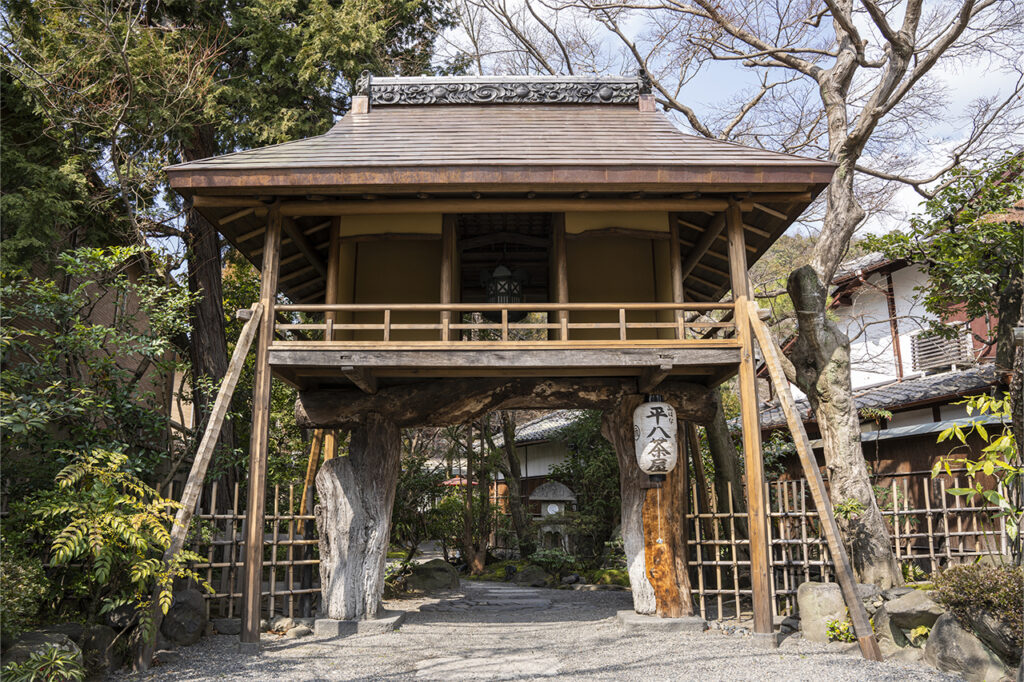

Nishiyama bamboo shoots, which are fair-skinned and have little astringency, herald spring.
Bamboo shoots in Kyoto are said to have spread after a Zen monk who studied Buddhism in the Tang Dynasty brought back Moso bamboo and planted it at the foot of Mt. Nishiyama. The bamboo shoots are dug up every morning from the bamboo groves that are carefully tended by farmers throughout the year, and are very soft and fair-skinned with a deep sweetness and aroma. In the area from Rakusai to Yamashiro, bamboo shoots herald the arrival of spring.
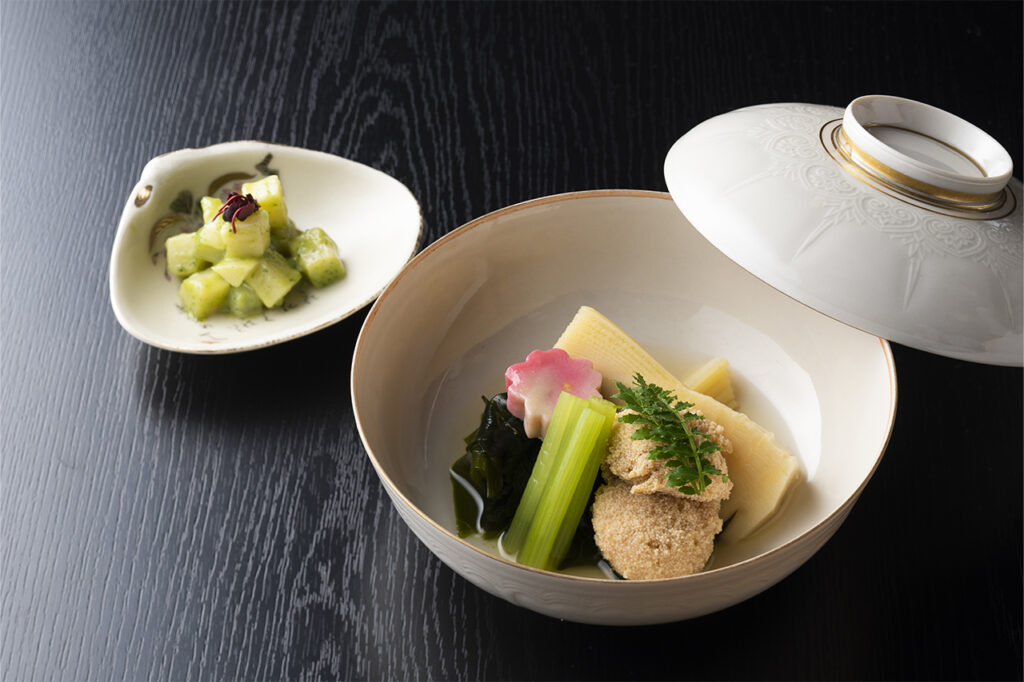
A combination of boiled bamboo shoots, young shoots, cod roe, bamboo shoots, and namafu, and a combination of bamboo shoots and solitary sprouts. Both have gentle colors and the flavor of Japanese pepper, making this a combination that will allow you to fully enjoy the long-awaited spring.

Kyoto vegetables with rich flavor and high nutritional value have evolved in the thousand-year-old capital.
People gathered in the capital and presented their favorite vegetables from all over the country. Vegetables grown in fertile soil and high-quality water have been improved to become even more delicious and nutritious Kyoto vegetables. Nowadays, vegetables with local names such as Kujo green onions and Mibu greens have moved to surrounding areas, and excellent Kyoto vegetables are grown in Kyoto Prefecture.
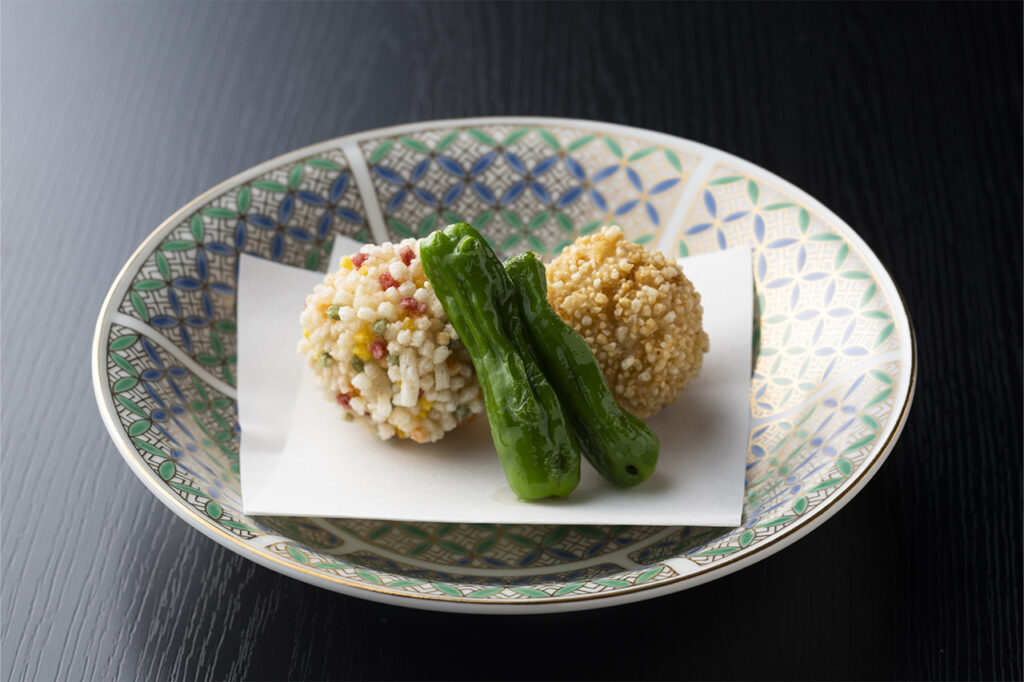
A deep-fried dish made by mixing coarsely ground duck with boiled and pureed shrimp potatoes and coating them with five-color arare and brown rice flour. The harmonious harmony of the fragrant batter and sticky, melt-in-your-mouth shrimp is a masterpiece made with skill.

Sublimating the simple flavors that soothe travelers' fatigue into Kyoto cuisine
``Mugihan Tororo Soup'' was created to make it easier for travelers on the Saba Kaido road to eat the mushy barley rice. When the sticky meatball potatoes were poured over barley rice, it was easy to eat, and the enzymes contained in the potatoes made it easy to digest and nutritious, making it very popular. It's old-fashioned fast food.
Currently, the rice is cooked in a 7:3 ratio of rice and barley, topped with grated yam soup made from carefully selected aged meatball potatoes, and served with shibazuke and other seasonal pickles. Even within the simple taste, the ``spirit of hospitality'' that has been devised to earn the respect of our customers is alive and well.
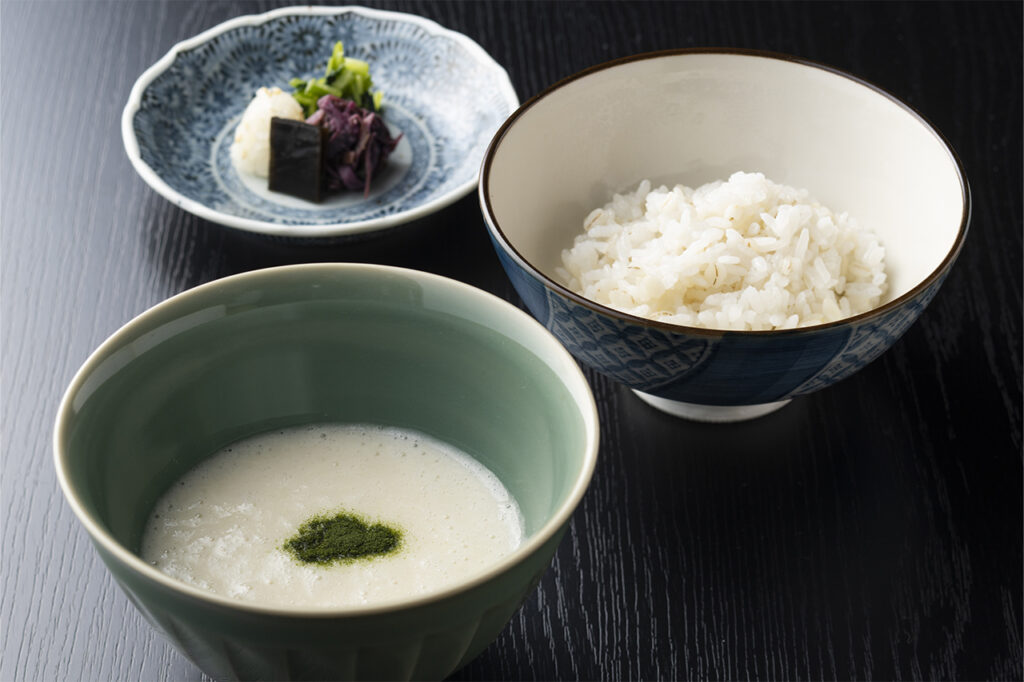

The main ingredients of sake are water and rice. There are many different varieties of rice, but Kyoto's unique rice suitable for brewing sake is called ``Shuku''. This rice is suitable for ginjo sake due to its large grains and is highly suitable for brewing, and if brewed with Kyoto water, it will produce a smooth and plump sake.
In addition, Kyoto wanted to use Kyoto's unique rice for the kakemai rice that is added later in the sake brewing process, so the Central Agricultural Research Center of the National Agriculture and Food Research Organization and the Kyoto Prefectural Agriculture, Forestry and Fisheries Technology Center worked to cultivate rice, and the rice was born in 2012. This is ``Kyo no Shine''. Nowadays, not only Kakemai (kakemai) is made, but also sake made with 100% Kyoto shine is produced, and it has grown to become one of Kyoto's most representative sake rices, along with Celebration.
In order to turn rice into sake, the functions of koji mold and yeast are essential. The Kyoto City Institute of Industrial Science and Technology has been involved in the management and distribution of yeast since the 1950s, and has developed yeast original to Kyoto. After repeated selection and culturing from over 100 strains of yeast in storage, we have created five varieties, including "Kyo no Koto", which was born in 2004, "Kyo no Hana", "Kyo no Saki", "Kyo no Koh", and "Kyo no Koi". This is Kyoto yeast. Each type has its own characteristics, such as a gorgeous aroma, a mellow flavor, and a clean, elegant sharpness, and brewers select and use them based on the image of the sake they want to make.
Kyoto sake brewed by a Kyoto brewery using Kyoto water, Kyoto rice, and Kyoto yeast goes perfectly with Kyoto cuisine. Kyoto's climate, water, and techniques connect deliciousness.
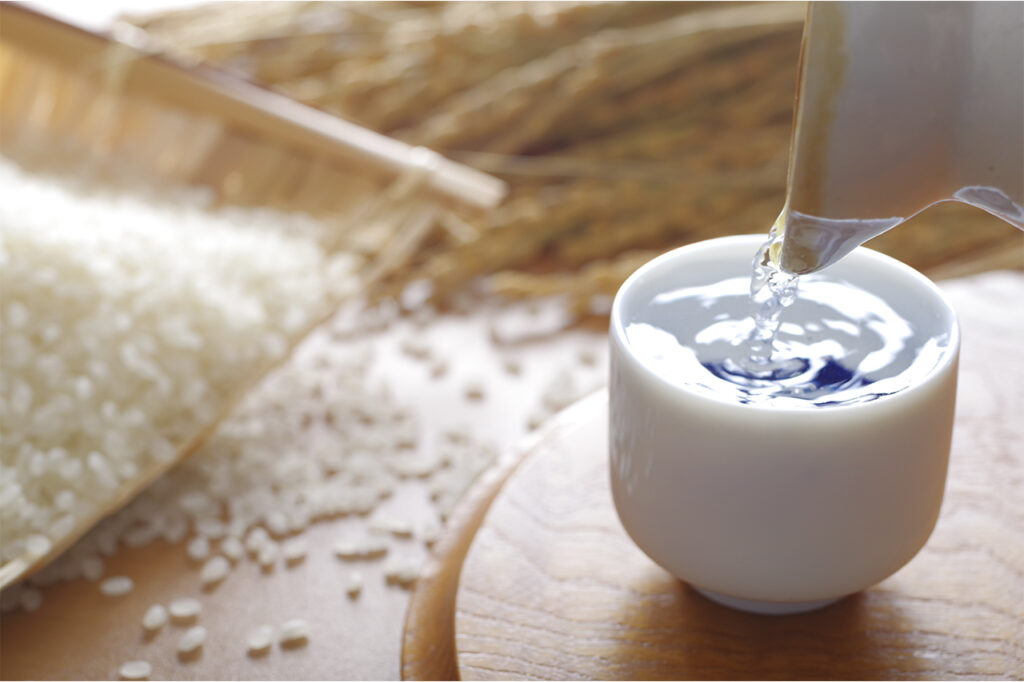

``Kyoto by the Sea,'' ``Kyoto by the Forest,'' ``Kyoto by the Tea,'' and ``Takenosato Otokuni'', which are called ``another Kyoto,'' are overflowing with attractive ingredients in each area.
“Gourmet Tabi” provides information on “food and travel” in the “Another Kyoto” area. The only way to enjoy both the skill of the chef and the wonderful location is to go there.
Why not take a trip to “Kyoto of food”?
Tango Italian cuisine with freshly caught seafood and vegetables
An Italian restaurant opened by a Neapolitan Pizza Olympic silver medalist in his family's fresh fish store. Appetizers that match seafood from the Sea of Japan with Italian vegetables grown in Kyotango, and pizzas made with plenty of seasonal local fish such as Okikisu are well worth the trip.
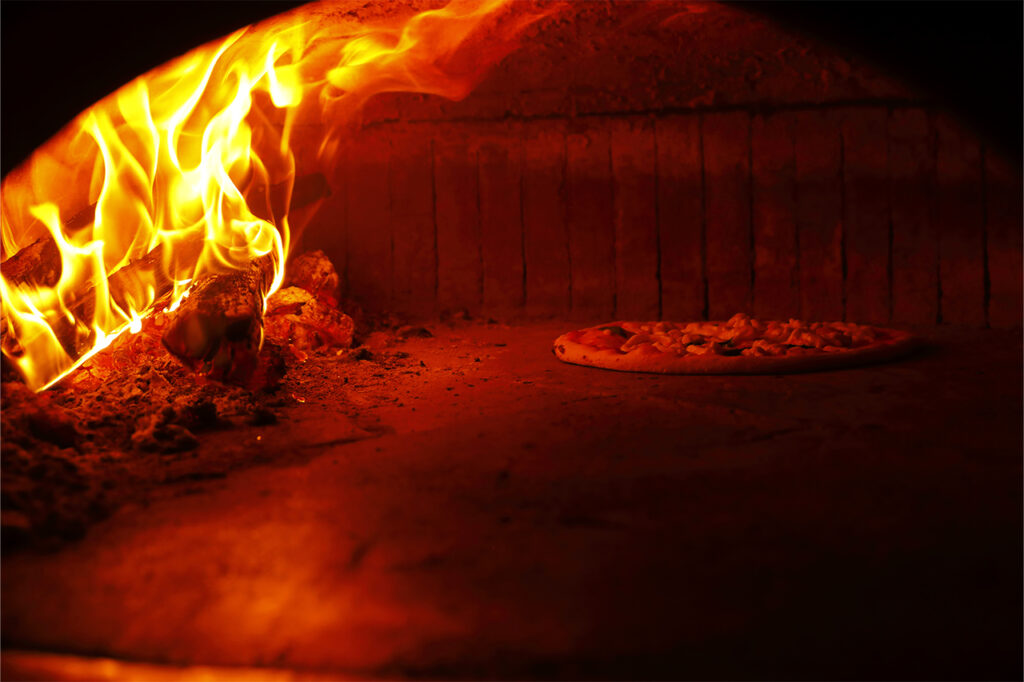

A fish shop that offers both eat-in and take-out options.
We have an array of fresh fish selected by the owner, who is a qualified broker at Maizuru Fishing Port, as well as various side dishes processed from that fish. You can eat in the woody eat-in space or take out. Preparation of the fresh fish is free of charge, and cooking such as salt-grilling or boiling is also available at a low price.
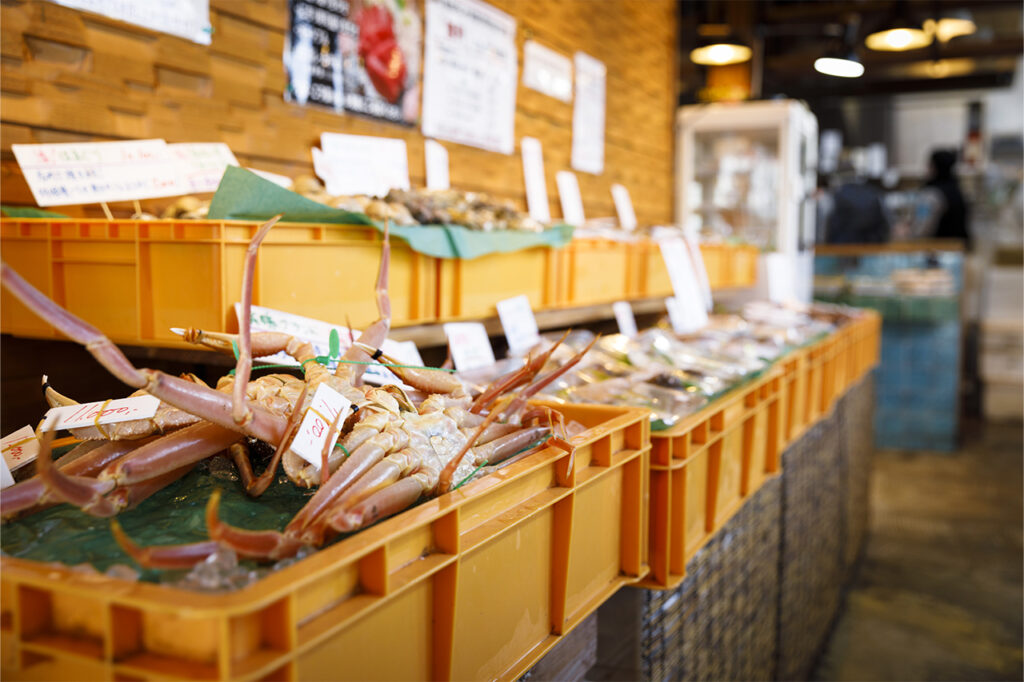

Kameoka beef course perfectly matched with fresh vegetables
An Italian restaurant with a relaxed atmosphere where you can enjoy dishes made with seasonal fresh vegetables procured from regular farmers, as well as local ingredients such as Kameoka beef, Kyotanba pork, and Tamba black chicken. Souvenirs such as pasta sauce and dressing are also popular.
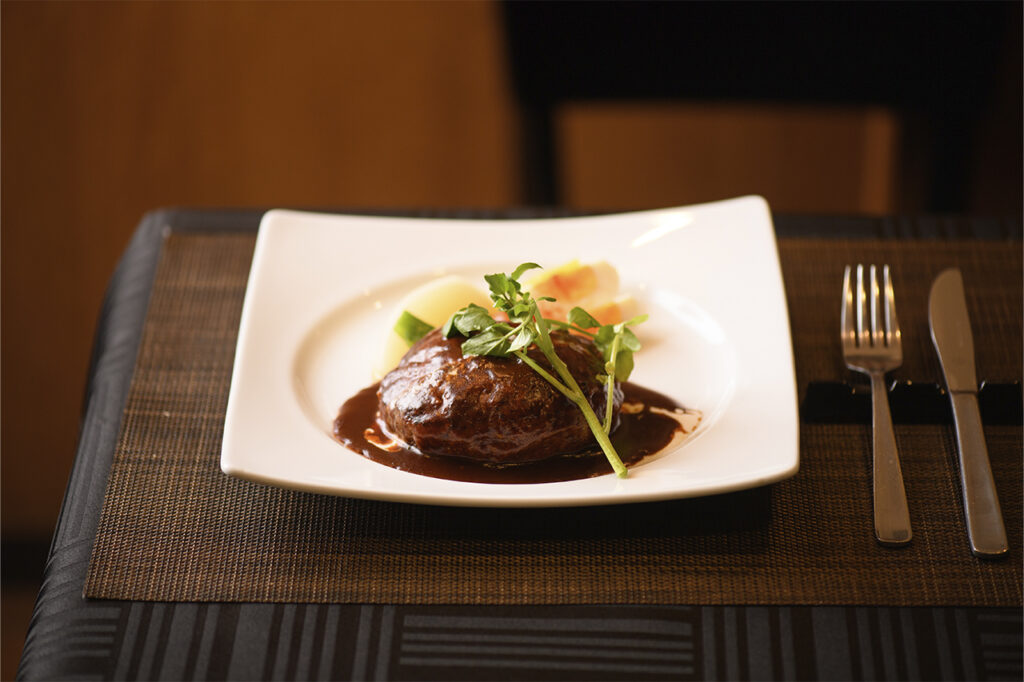

Wines that go well with Kyoto food that make use of Tamba's terroir
Kyotanba has a large temperature difference between day and night, making it suitable for growing grapes. We grow 50 types of grapes on our vast farm, and use 10 carefully selected grapes to brew more than 20 types of wine. There is also a restaurant where you can enjoy delicious wines that have won awards at numerous competitions.
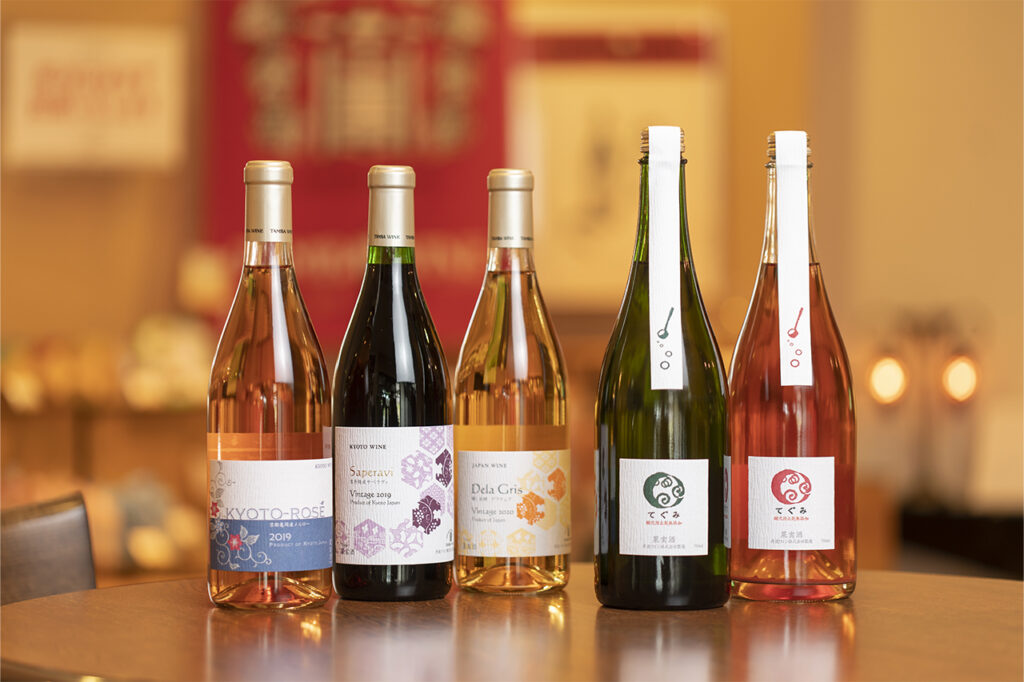

A French restaurant with excellent use of Japanese ingredients
A single-family restaurant where the owner/chef handles everything from ingredient procurement to cooking and service. Kyotanabe French uses plenty of freshly harvested vegetables from the surrounding area and incorporates ingredients unique to Kyoto, such as senmaizuke and Ikkyuji natto, into orthodox French cuisine, giving it the essence of Japan.
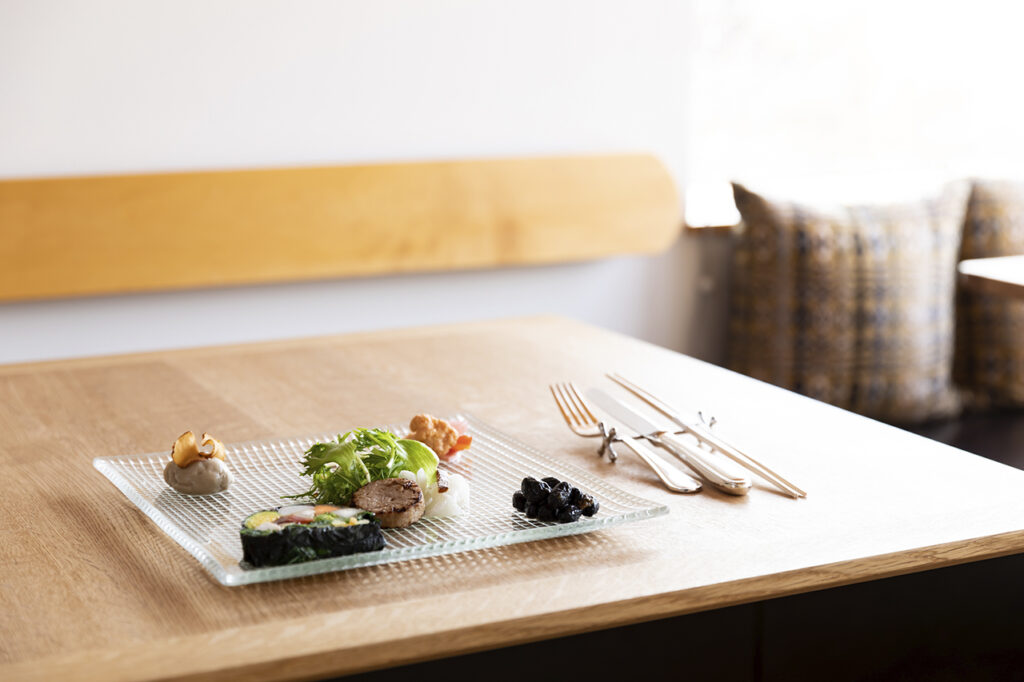

A pioneer in making matcha a “cooking” A long-established Kyoto restaurant that shines with creativity
Established as a tea wholesaler in 1916, this restaurant has been specializing in matcha dishes since 1919. The course was created as a typical Uji dish, starting with matcha tofu and ending with dessert. The types of matcha and tencha can be changed depending on the menu, allowing you to fully enjoy the delicate flavor.
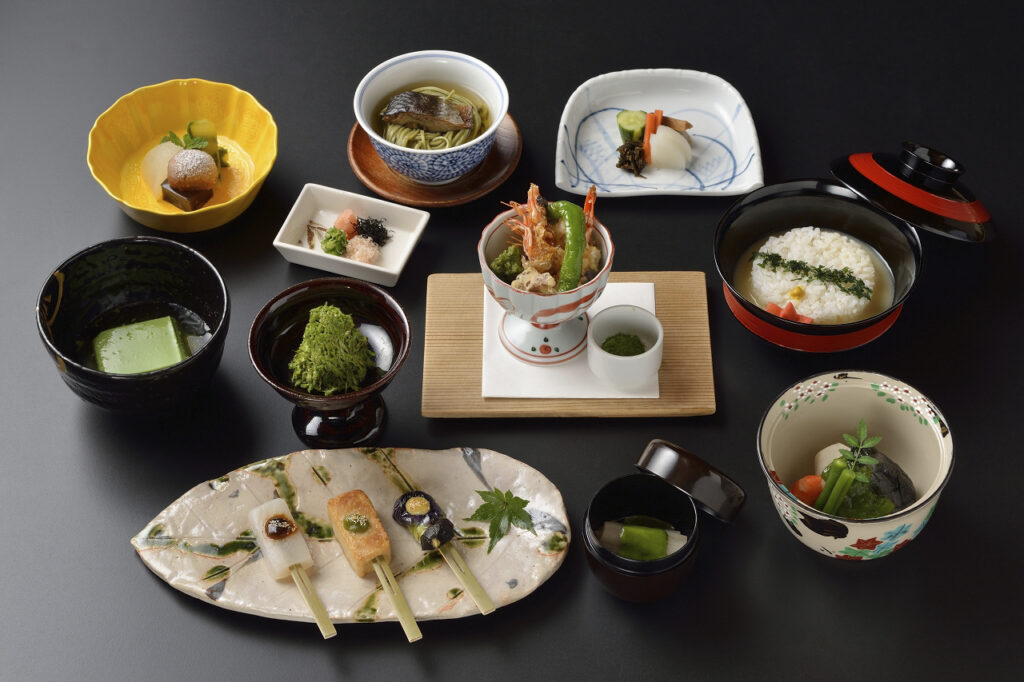

Assortment of products that allow you to enjoy the flavor of freshly dug bamboo shoots all year round
Our signature products include boiled vacuum packs, tsukudani, and bamboo shoot rice mixes, which are made in the Nishiyama Hills, a famous bamboo production area, so that you can enjoy the taste and texture of Kyoto bamboo shoots, which are only available in season all year round. The ``Kyoto Bamboo Shoot Kaiseki'' made using special freezing technology and the currently popular ``Komeyu'' are also popular.
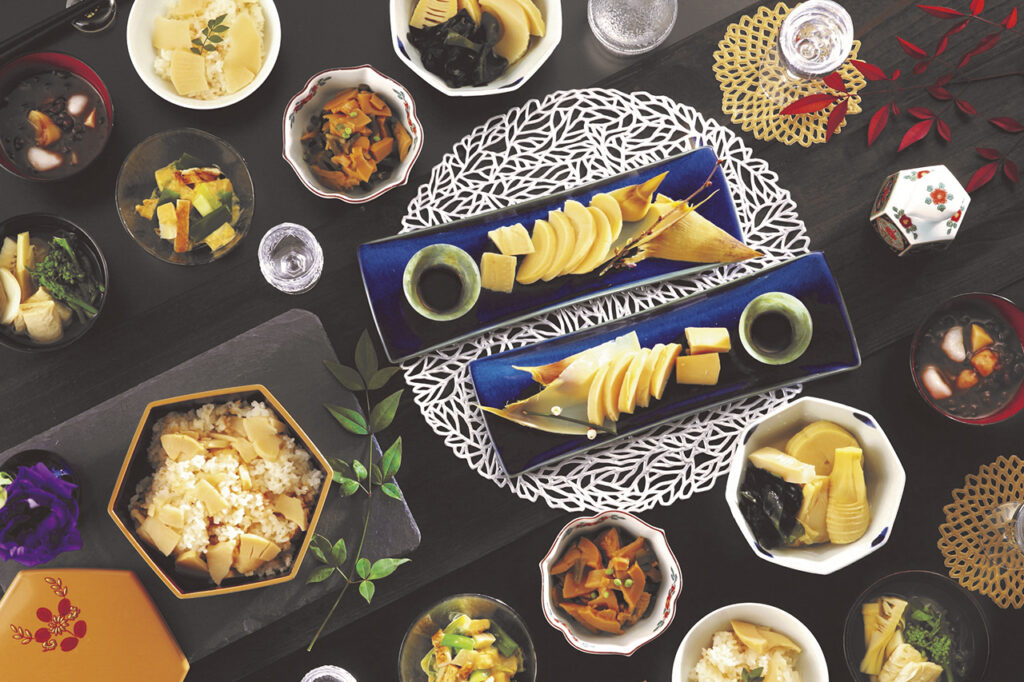

A famous restaurant where you can enjoy bamboo shoots from Kyoto all year round, with Kyoto bamboo shoots as the main character.
Their specialty is ``Takenoko Sugata Sushi,'' which is made from Kyoto-grown bamboo shoots that are white in color and have little astringency, and are made into sushi while preserving their lovely shape. During the season, you can also enjoy a kaiseki meal made with bamboo shoots. You can also order side dishes made with bamboo shoots, bamboo jelly filled with bamboo shoots, ice cream with bamboo shoots, etc.
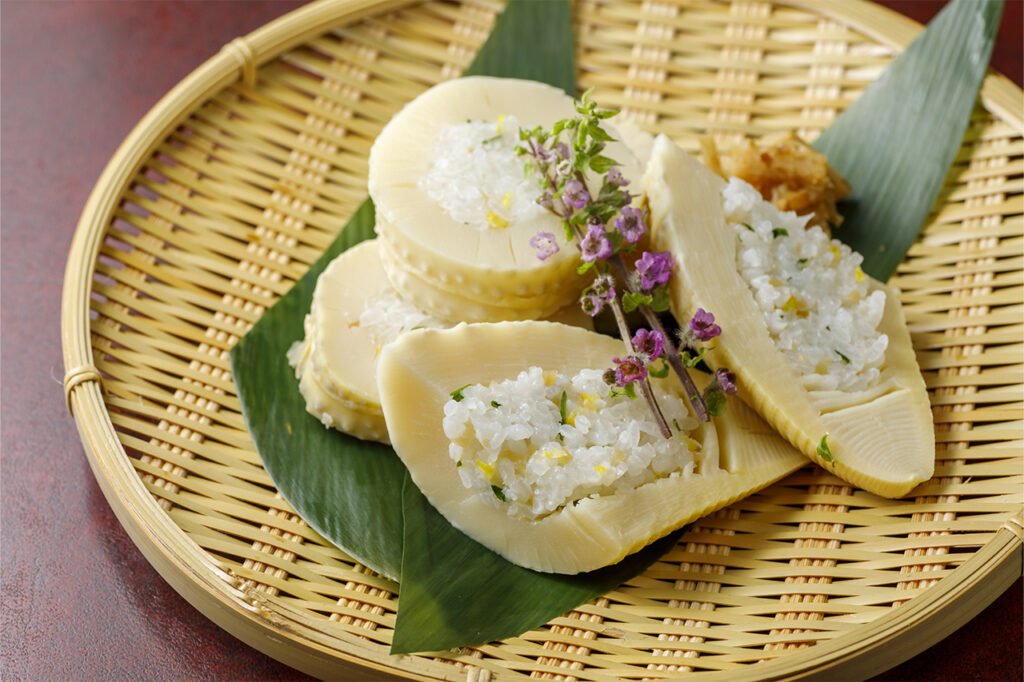

Over 600 interviews per year! An order site carefully selected by the editors who knows Kyoto and Shiga.
nowOfficial LINE friend registration500 yen OFF coupon is being issued!
Distributed every Friday morning at 8:00 am! From new restaurant information to event information that we want to share with you, We deliver articles about Kyoto that are useful to know. About 20,000 people have registered.Click here to add a friend!
 News
News Feature article
Feature article Featured event
Featured event